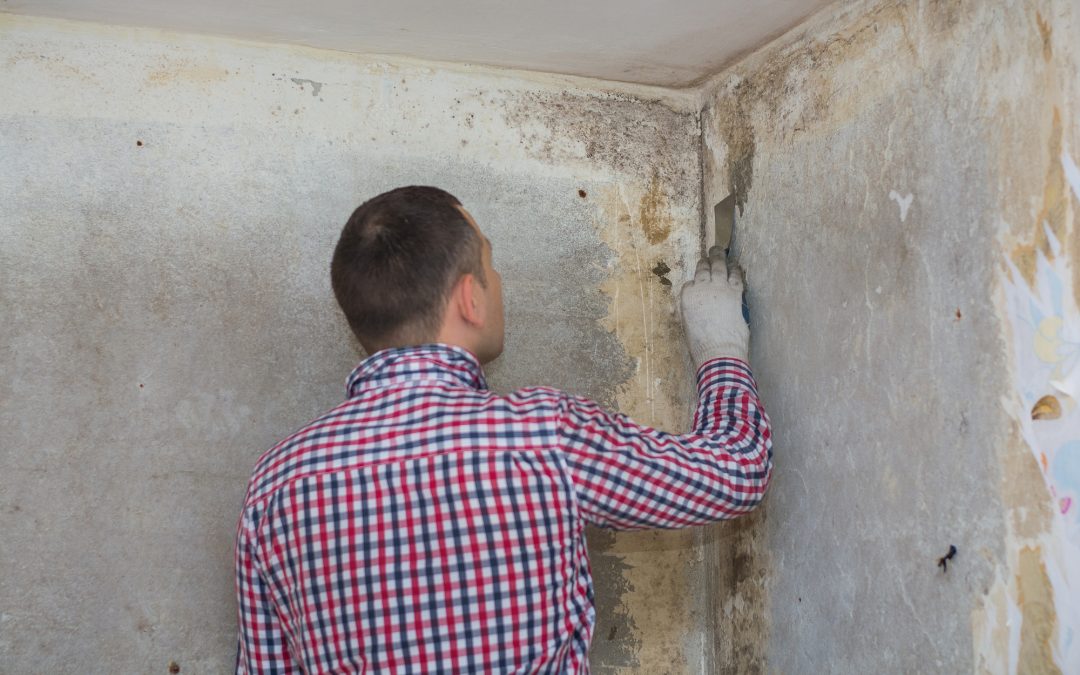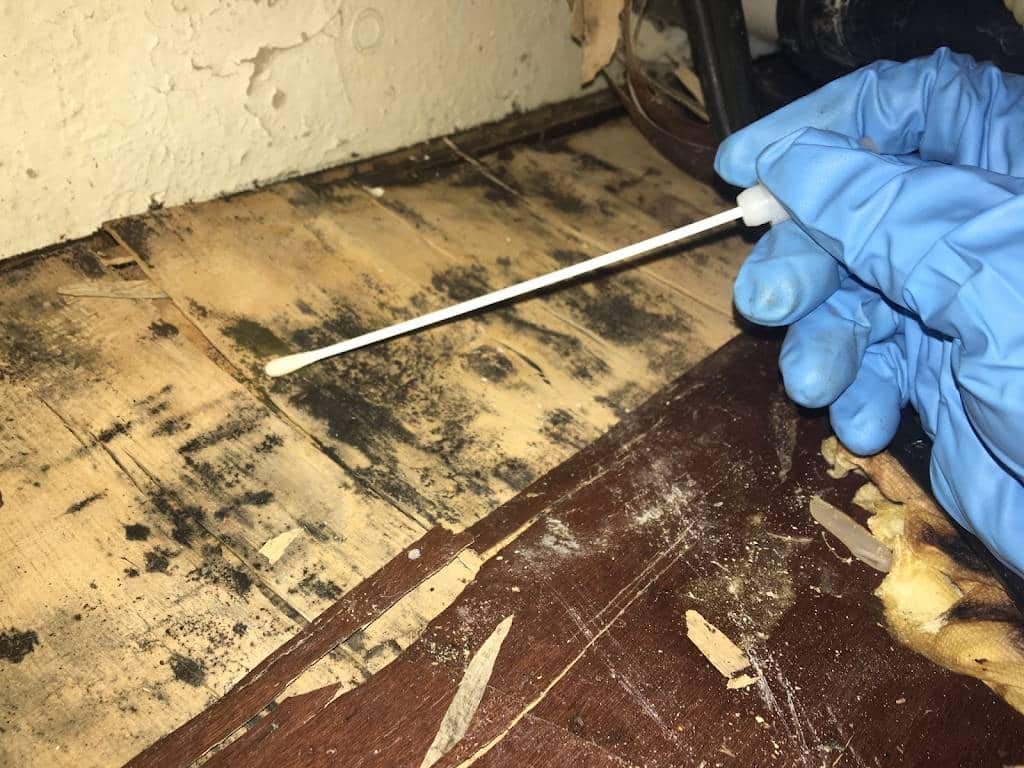Finding Post Remediation Inspection Near Me Solutions
Finding Post Remediation Inspection Near Me Solutions
Blog Article
Professional Tips for Post Mold And Mildew Removal Success
In the realm of mold and mildew removal, successfully eradicating mold and mildew is only half the battle; the true challenge exists in preventing its reappearance. By sticking to skilled suggestions and best techniques, people can secure their areas against mold rebirth and keep a healthy indoor setting.
Screen Humidity Levels Routinely
After finishing mold and mildew remediation treatments, maintaining optimum humidity degrees is important to prevent mold and mildew re-growth and ensure a healthy interior atmosphere. High moisture degrees over 60% develop a favorable atmosphere for mold to prosper, making routine monitoring an aggressive measure to protect against any future mold and mildew issues.
Making use of hygrometers or moisture meters can help in properly gauging humidity levels in various locations of the property. These devices supply real-time data that enables removal specialists to make educated choices regarding ventilation, dehumidification, and other required actions to preserve suitable moisture degrees post-remediation. Furthermore, developing a regular timetable for humidity checks, particularly in high-risk areas such as restrooms, kitchens, and cellars, is a proactive approach to mold and mildew avoidance. By constantly checking moisture levels, homeowner can effectively minimize the danger of mold reoccurrence and maintain a healthy and balanced indoor environment post-remediation.
Conduct Thorough Inspections Post-Remediation
Following the completion of mold and mildew remediation procedures, it is important to perform extensive examinations to confirm the performance of the remediation process. These post-remediation assessments are essential in making certain that the mold problem has actually been successfully dealt with which there is no reappearance or staying mold and mildew development. Inspections must be executed by certified professionals that have knowledge in determining mold and examining interior air quality.
During these assessments, numerous approaches such as visual assessments, air sampling, and surface sampling may be employed to completely examine the remediated locations. Aesthetic evaluations entail a thorough inspection of the facilities to look for any visible signs of mold growth or water damage. Air sampling aids in determining the airborne mold spore degrees, while surface area tasting can identify mold and mildew bits on surfaces.
Implement Proper Ventilation Strategies
After ensuring the effectiveness of the mold and mildew removal process through comprehensive evaluations, the next essential action is to concentrate on executing proper air flow approaches. Adequate air flow is essential in protecting against mold reoccurrence by regulating dampness levels and promoting air circulation. To accomplish this, it is recommended to utilize exhaust fans in locations susceptible to high humidity, such as bathrooms and cooking areas. Additionally, opening up doors and windows when weather condition permits can assist improve air movement and minimize moisture buildup. Air dehumidifiers and cleansers are likewise valuable devices in preserving optimal interior air quality.
Appropriate air flow not just aids in avoiding mold and mildew development but likewise adds to the total health and comfort of passengers. By ensuring sufficient air flow throughout the residential or commercial property, you can minimize the threat of mold and mildew regrowth and create a healthier living atmosphere. Routine maintenance of ventilation systems, including cleansing and filter substitutes, is critical to maintaining reliable ventilation. Consulting with HVAC experts can supply more understandings right into maximizing air flow strategies for your specific home requirements.

Usage Mold-Resistant Materials for Repairs
To boost the long-lasting efficiency of mold removal efforts, incorporating mold-resistant products for repair work is essential in mitigating the threat of future mold development. Mold-resistant materials are designed to hold up against wetness and inhibit mold and mildew growth, making them a crucial option for areas susceptible to dampness and moisture. When repairing locations affected by mold and mildew, using products such as mold-resistant drywall, mold-resistant paints, and mold-resistant caulking can aid stop mold reappearance.
Mold-resistant drywall is a superb alternative to standard drywall in locations like basements and shower rooms where dampness levels are higher. When exposed to damp conditions, this type of drywall has a special finishing that stands up to mold and mildew growth even. In addition, making use of mold-resistant paints containing antimicrobial agents can further hinder mold and mildew development on walls and ceilings.
In areas where wetness prevails, such as shower rooms and cooking areas, making use of mold-resistant caulking around sinks, bathtubs, and home windows can assist seal out water and avoid mold from holding in splits and holes. By buying these Bonuses mold-resistant materials during repairs post-remediation, you can significantly reduce the chance of future mold and mildew problems and preserve a much healthier interior atmosphere.
Maintain Cleanliness and Address Water Issues
After mold removal, it is crucial to preserve a clean setting to protect against this contact form the regrowth of mold. Leakages, water intrusion, or high humidity levels can produce the excellent breeding ground for mold, so it is crucial to deal with any water-related issues promptly.
To keep cleanliness, consider using HEPA filters in vacuums and air purifiers to trap mold and mildew spores and avoid their blood circulation airborne. In addition, ensuring proper ventilation in locations susceptible to moisture buildup, such as kitchens and bathrooms, can help keep humidity degrees in check. By staying alert regarding cleanliness and dealing with water issues promptly, you can properly protect against mold reinfestation and maintain a healthy and balanced interior setting.
Conclusion

In the world of mold and mildew removal, efficiently eradicating mold is only half the fight; the real obstacle exists in preventing its reappearance. After completing mold remediation procedures, preserving ideal moisture degrees is critical to prevent mold re-growth and guarantee a healthy indoor setting. High humidity levels over 60% create a conducive environment for mold to thrive, making regular keeping track of a positive procedure to stop any type of future mold problems.
To improve the long-term effectiveness of mold remediation initiatives, including mold-resistant products for repair services is vital in alleviating the danger of future mold growth. After mold and mildew removal, it is vital to preserve a clean environment to protect against the regrowth of mold and mildew.
Report this page